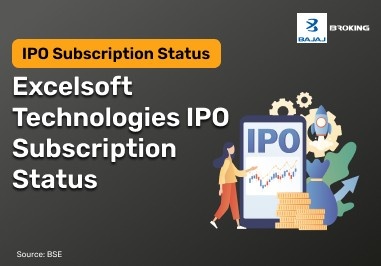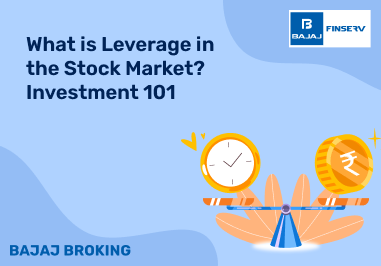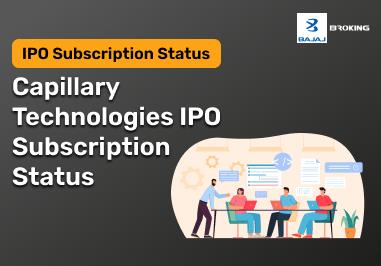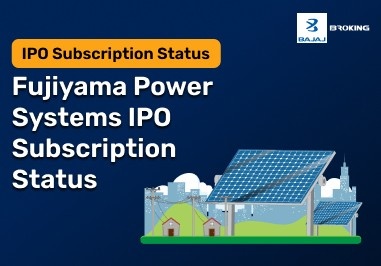When you’re trying to figure out how profitable a business really is, two terms often come up—gross margin and net margin. These two types of margins sound alike, but they measure very different things. Understanding the difference between gross margin and net margin can help you get a clearer picture of a company’s costs, earnings, and how efficiently it's being run.
Let’s break these terms down in simple language, so even if you’re not a finance expert, you can still read a profit statement and know what it means.
What is Gross Margin
Gross margin, or gross profit margin, shows how much of the total revenue is left after subtracting the direct costs of producing goods or services. In other words, it tells you how efficiently a company turns sales into gross profit.
If a company has a gross margin of 80%, it keeps ₹0.80 as gross profit for every ₹1 it earns in revenue. This number shows how well it’s managing its production-related expenses.
How to Calculate Gross Margin?
To calculate gross margin, you first need to find gross profit. Most companies list this in their income statements. But you can also work it out manually by subtracting the following direct costs from total revenue:
These are all considered core operational expenses. That’s why gross margin and net margin differ—gross margin focuses only on production-related costs.
Formula to calculate gross margin:
Gross Margin = (Gross Profit ÷ Total Revenue) × 100
What is Net Margin?
Net margin (also known as net profit margin) measures how much of the total revenue is left after all costs are deducted—including administrative expenses, interest, taxes, and depreciation.
While gross margin only considers the cost of goods sold, net margin goes deeper. That’s why gross margin and net margin can show very different percentages—net margin is usually lower.
It shows the real profitability of the company after every expense is taken into account.
How to Calculate Net Margin?
Before you can find net margin, you need to calculate net profit, which is also listed on the income statements. You subtract these from the total revenue:
You can also find net margin by subtracting all the above from gross profit, instead of starting from total revenue again.
Net Margin formula:
Net Margin = (Net Profit ÷ Total Revenue) × 100
Note: Sometimes income statements refer to total revenue as “net sales.” That’s usually after adjusting for discounts or returns.
Read Also:- Gross Margin vs. Contribution Margin
Example of Gross Margin and Net Margin Calculation
Here’s an example using sample numbers to show how gross margin and net margin are calculated:
Particulars
| Amount
|
Total revenue
| ₹6,00,000
|
Raw materials
| ₹30,000
|
Wages
| ₹20,000
|
Salary
| ₹90,000
|
Interest
| ₹15,000
|
Miscellaneous expenses
| ₹12,000
|
Tax
| ₹13,000
|
Step 1: Gross Profit
Gross Profit = ₹6,00,000 − (₹30,000 + ₹20,000) = ₹5,50,000
Gross Margin = (₹5,50,000 ÷ ₹6,00,000) × 100 = 91.67%
Step 2: Net Profit
Net Profit = ₹5,50,000 − (₹90,000 + ₹15,000 + ₹12,000 + ₹13,000) = ₹4,20,000
Net Margin = (₹4,20,000 ÷ ₹6,00,000) × 100 = 70%
So, the gross margin and net margin for this example are 91.67% and 70%, showing how additional expenses reduce final profitability.
How to Analyse Gross Margin vs Net Margin?
Understanding the difference between gross margin and net margin helps investors and business owners identify how well a company is handling both direct and indirect costs.
Gross margin looks at production efficiency. It tells you how well the company manages its direct costs like materials and labour.
Net margin shows overall profitability after every cost is counted—office rent, salaries, interest, taxes, and more.
Together, gross margin and net margin help compare companies within the same industry. They also reveal how well a company is handling its entire cost structure—not just its production expenses.
Drawbacks of Gross and Net Margin
While useful, these metrics aren’t perfect. They have a few limitations you should keep in mind:
Industry differences: Margins vary a lot by sector. A good margin in one industry may be poor in another.
Limited scope: Relying only on gross margin and net margin won’t give you the full picture.
Need for more context: Ratios like operating margin are also important for a complete financial review.
Conclusion
Now that you understand the difference between gross margin vs. net margin, you’ll be better equipped to analyse any business’s profitability. These two types of margins don’t just show how much money is coming in—they reveal how well that money is being used. Whether you’re an investor, business owner, or just curious, keeping an eye on gross margin and net margin can help you make smarter decisions.















